
Spain and France’s Basque Country in 6 stops: Uncovering this unique region cultural gems
ABOUT
The Basque Country stretches across both Spain and France, and is a unique region that has long thought of itself as to be culturally autonomous from both Spain and France. With a turbulent modern history of resistance during the Spanish Civil War, rebellious groups fighting for their freedom, and their own unique language that is untraceable to have connections with any other language in the world, and also one of the oldest in the world. The Basque Country has a complicated yet intriguing history, and it is a delight to discover the culture that the locals take such pride in.
Known for having some of the best food in the world, savour the traditional flavours through its vibrant, lively cities, or go for a more innovative restaurant dining at one of the 40 Michelin star restaurants that call the Basque country their home, or perhaps enjoy some of the boutique shopping in the villages and towns. With a quaint feeling all around, even in the big cities of the region, you’ll feel welcomed by the locals ready to share their unique culture with their visitors. The beautiful nature exists alongside the stunning architectural beauties of the region, and you’ll fall in love with every twist and turn the Basque country has to offer.
The Basque Country is home to centuries old traditions that have prevailed and are an interesting aspect of the region's culture. Locals may tell you about the intriguing mythical creature of "Basajaun", a folk tale that adds enchantment to the nature, and you may see residents gathering on the street to play traditional games like 'pelota', a Basque sport similar to handball. The interesting traditions only shape the region more, adding to its distinctive culture and autonomous atmosphere.
This region tucked between two gorgeous countries truly has something to offer for everyone. With beautiful, rugged coastlines known for their amazing surfing, inticing cities with unique architecture and traditional Basque villages, whether in the countryside or along the coast across Spain and France. You can't forget about the beautiful nature as well, with marshes, coasts, mountains, and forests creating a diverse landscape.
THIS TRIP IS FOR YOU...



Your Itinerary
Stop 1: Bilbao
Bilbao is often thought of the capital city of the Basque Region, and is one of Spain’s most vibrant, yet often forgotten about compared to the cou...

Stop 2: Guernica
If Guernica sounds familiar to you, it is probably because of world-renowned Spanish artist Pablo Picasso’s haunting depiction of when the Basque c...

Stop 3: Donostia-San Sebastián
San Sebastián is quite the little gem on the coast of the Basque region. Breathtaking views over the Bay of Biscay are enough to make you never wan...

Stop 4: Pamplona
Although Pamplona, yes, is technically in the Navarra region of Spain, culturally it is Basque as the language is still spoken and traditions are s...

Stop 5: Espelette
For your 5th stop, cross the border with Spain and France into the French Basque Country, starting your exploration across the border at the charmi...

Stop 6: Biarritz
End your trip through the Basque country soaking up the French sun in the coastal town of Biarritz, a haven for nature and history lovers alike. Sa...
Plan your perfectly curated trip!
Stop 1 :Bilbao
 Bilbao
Bilbao Bilbao is often thought of the capital city of the Basque Region, and is one of Spain’s most vibrant, yet often forgotten about compared to the country’s other big cities. Centuries-old history and architecture in the Old Town, known as Casco Viejo blends in seamlessly with innovative, industrial architecture. The coexistence of the past and the present makes Bilbao a captivating city to explore, one second enjoying the contemporary art of the Guggenheim Museum, and the next, winding through traditional, medieval Spanish architecture. It is interesting to see how industrial the Basque city is, especially when comparing to other Spanish cities, Bilbao sticks out and shines with its unique landscape.
Surrounded by lush green mountains and crisscrossed by the Nervión River, Bilbao is an incredibly scenically beautiful city, offering a taste into the natural beauty that the Basque region has to offer. City bridges like Zubizuri and Puente Colgante provide optimal views over the urban landscape and its relaxed natural beauty. Hiking trails nearby like Mount Artxanda offer beautiful views over the city, and cable car rides are also offered to the summit to catch the breathtaking panorama of the industrial city.
Bilbao takes pride in their Basque heritage, so much so that their football team, Athletic Bilbao, has been made up of solely Basque players for over a hundred years! The economic and cultural hub has a thriving contemporary arts scene, attracting artists from far and wide to the dynamic city. Cultural institutions like the Bilbao Fine Arts Museum also promote their own Basque artists amongst the International works! It goes without saying that the traditional Basque food is a must in Bilbao, with delicious restaurants creating a social environment and you'll never get tired of the city's delicious fresh seafood amongst other traditional Basque dishes.
INTERESTS & PREFERENCES
Things to do
Places to stay
Stop 2 :Guernica
 Guernica
Guernica If Guernica sounds familiar to you, it is probably because of world-renowned Spanish artist Pablo Picasso’s haunting depiction of when the Basque city was severely bombed and completely destroyed during the Spanish Civil War. It isn’t a common place to visit in the Basque country, although well-known by most due to its name, but the small town is a courageous example of resilience, completely rebuilt after its destruction.
Geurnica offers unique insights into Basque history, often overlooked in Spanish history, with memorials, beautiful parks, and intriguing museums teaching about the tragedies and the rebuilding of the beautiful town.
Guernica is also an amazing way to immerse yourself with the local Basque population, as the small village is lined with wonderful traditions, delicious restaurants, and a strong sense of pride for their Basque identity, a polarizing issue in the country of Spain, but an interesting one nonetheless.
Guernica is also surrounded by incredible landscapes, like the Urdaibai Biosphere Reserve nearby that is a protected biodiversity haven, with wetlands, forests, and coastlines and numerous bird species amongst the marshes and cliffs. Just a short drive also from Guernica is Oma forest, a densse forest with a unique art installation of painted trees and abstract patterns. Guernica's proximity to the rich nature of the Basque country makes it a wonderful spot to explore some of the hidden gems of the region and its natural landscape.
INTERESTS & PREFERENCES
Things to do
Places to stay
Stop 3 :San Sebastián
 Donostia-San Sebastián
Donostia-San Sebastián San Sebastián is quite the little gem on the coast of the Basque region. Breathtaking views over the Bay of Biscay are enough to make you never want to leave this charming city, which feels more like a small town due to its friendly, social population and enchanting streets. The city is easily escable with a quick trip to the beach, a great spot to cool off during summer months, sunbathe, or even surf if you’re feeling up for it. (If you’re going to surf only once in the Basque country, wait til stop 6!)
Of course, it is impossible to talk about San Sebastián without mentioning the food. Known worldwide as a culinary paradise, San Sebastián entices its visitors with its various traditional and innovative pintxo bars, bite-sized delicacies, to its Michelin-starred restaurants offering unique takes on Basque cuisine. Not to mention San Sebastián has the third-highest rate of Michelin-starred restaurants per capita in the world, so if that doesn’t tell you something about the culinary haven created by some of Spain’s best chefs, we don’t know what will!
San Sebastian’s cultural ambiance is elevated with beautiful architectural gems, introducing travellers to both Basque and the city’s past, with ornate Cathedrals like the Catedral del Buen Pastor, elegant theatres such as Victoria Eugenia Theatre. The historic town centre known as Patre Vieja is filled with narrow streets, charming squares, and turns into a fun, vibrant time around dinner time, when locals hop between different pintxos bars to grab snacks, drinks, and move on to the next!
INTERESTS & PREFERENCES
Things to do
Places to stay
Stop 4 :Pamplona
 Pamplona
Pamplona Although Pamplona, yes, is technically in the Navarra region of Spain, culturally it is Basque as the language is still spoken and traditions are still followed in the town. It is also close enough to other locations to fit it in on your Basque Country adventure, and many people still consider it as apart of the Basque Country!
Pamplona is known for its thrilling, yet controversial, running of the bulls fest where spectators gather in the street to partake in the tradition. Crowds run down the street as bulls chase them, and it is quite a sight to see, although many these days are calling for the end of the festival, as they believe that it is harmful to the animals. Visiting during the San Fermín festival is up to each’s own discretion, and may be unsettling to some, and it is important to remember that it is an extremely cultural event that has been going on for centuries. Don’t worry though, there is plenty more to see in Pamplona equally exciting if you aren’t interested in the San Fermín festival.
The city itself is a lively little town, with warm hospitality exuding from locals, and a bustling atmosphere. Well-preserved city walls, various city squares, architectural marvels including churches, Cathedral’s, and old, unique Basque architecture create an inticing place to explore. The beautiful little city is colourful, with delicious food (like all of the Basque region, though) and picturesque streets, and definitely worth a visit on your exploration of the Basque country.
INTERESTS & PREFERENCES
Things to do
Places to stay
Stop 5 :Espelette
 Espelette
Espelette For your 5th stop, cross the border with Spain and France into the French Basque Country, starting your exploration across the border at the charming village of Espelette. The village is incredibly captivating, maybe because of its love for peppers, or the fact that they hang pepper strings off the traditional Basque houses. How adorable is that?? While it may seem like a spectacle to some, it is a deep-rooted culinary tradition that is an interesting part of the town. The village is authentically beautiful, with Basque houses, flower-filled window sills, and cobblestone alleys, truly a gem hidden in the heart of the French-Basque Country.
The authentic houses are filled with shops and boutiques, offering a wide variety of local products, including Espelette pepper based delicacies, but also including fashion, unique yet traditional Basque crafts, and plenty of chocolatiers. The eclectic town is an embodiment of the Basque culture, plus its own unique charm, mainly based around peppers. If you happen to not like peppers, don’t cross this off your list! The village is so stunning, and unlike anything we’ve ever seen before, so no matter your flavour palette, you’re bound to enjoy it.
INTERESTS & PREFERENCES
Things to do
Places to stay
Stop 6 :Biarritz
 Biarritz
Biarritz End your trip through the Basque country soaking up the French sun in the coastal town of Biarritz, a haven for nature and history lovers alike. Sandy shores have become emblematic of surfing culture, attracting both beginner and experienced surfers to their beaches which carry a steady wave year-round. Rolling waves crash on the shore as sunbathers observe the surfing tradition of the Bay of Biscay.
Biarritz is home to a rich, aristocratic history, with unique French-Basque architecture lining the streets of its Old Town, and blending together different styles of architecture, from the formal imperial residences like the Hôtel du Palais impressing all those who look upon it, to the unique art-deco Casino Municipal, amongst many other beautiful buildings.
Yet again, another paradise for food enthusiasts of the Basque country! The town’s culinary scene is a tasteful fusion of French and Basque cuisine. Known for its delicious and fresh seafood (oysters, anyone?) as well as staying constant with pintxos bars, the town offers a wonderful gastronomic adventure for those looking to the traditional, local cuisine.
INTERESTS & PREFERENCES
Things to do
Places to stay
 Making travel planning easy.
Making travel planning easy.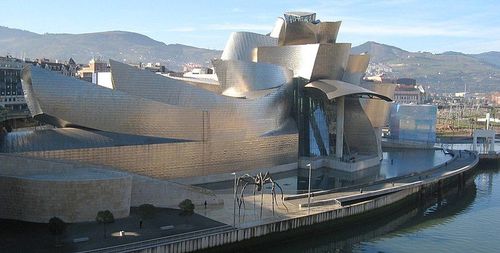
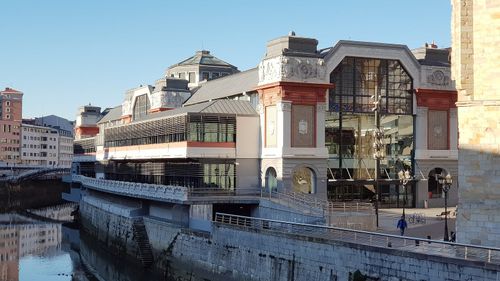
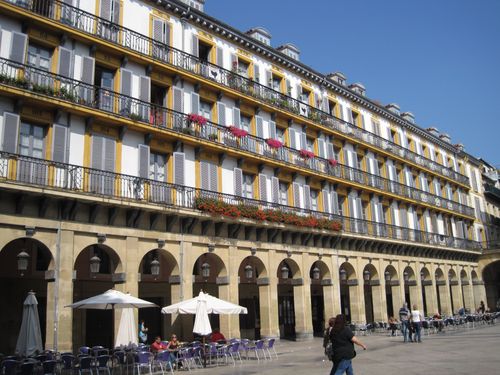
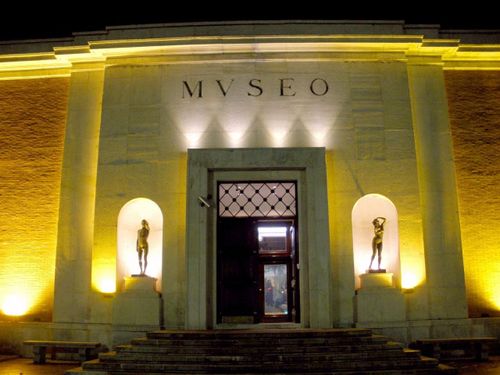
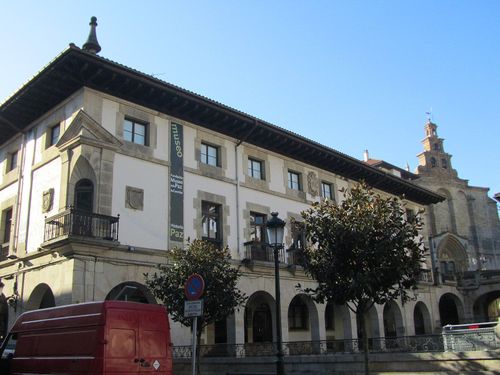
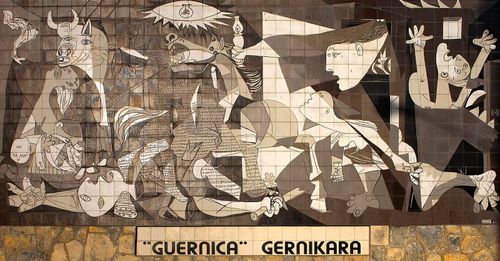

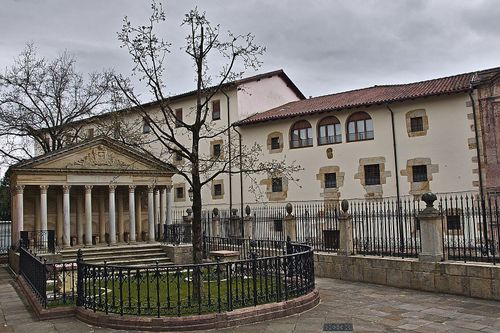
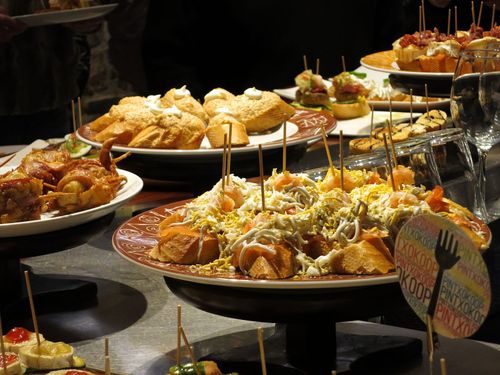
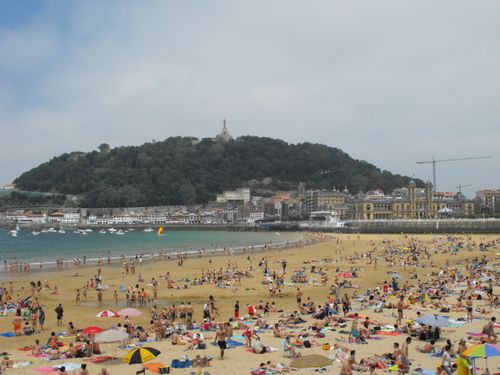
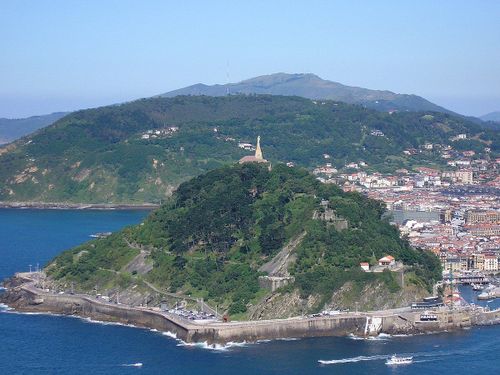
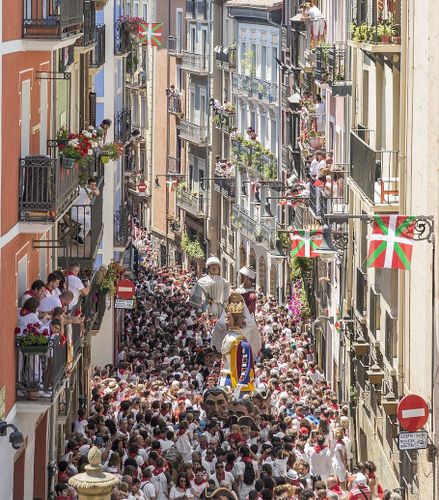
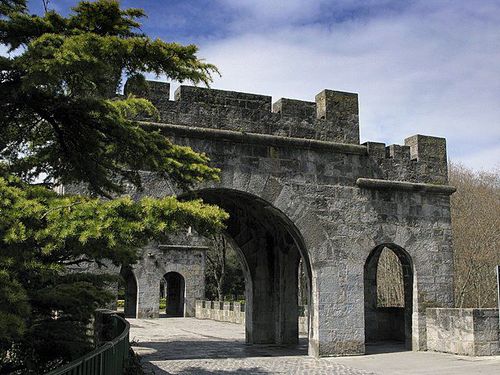
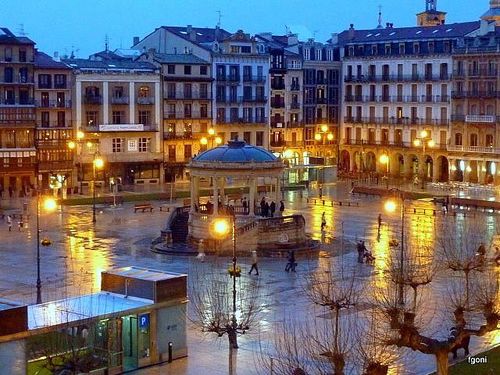
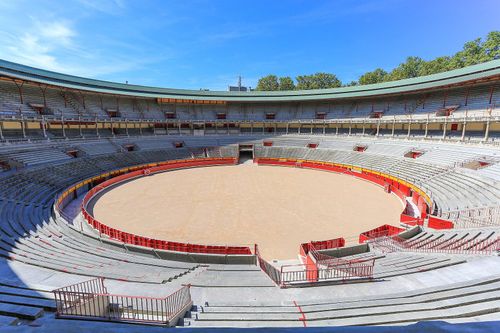
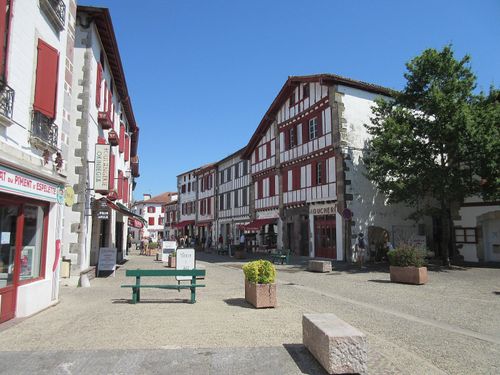
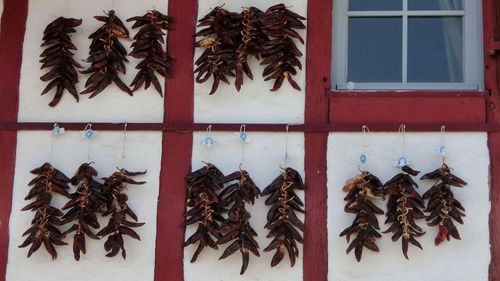
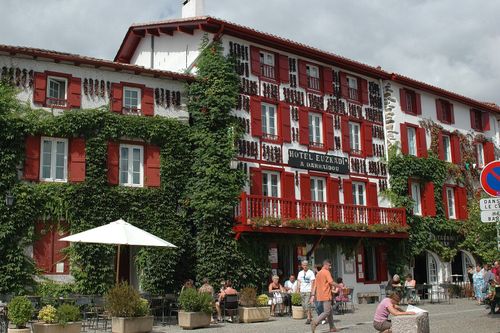

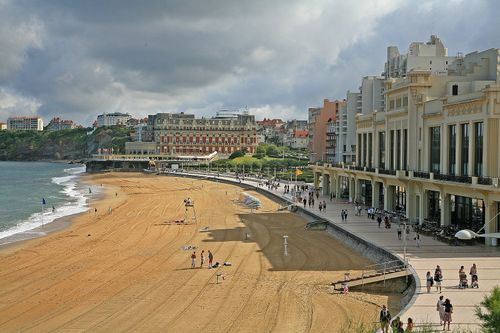
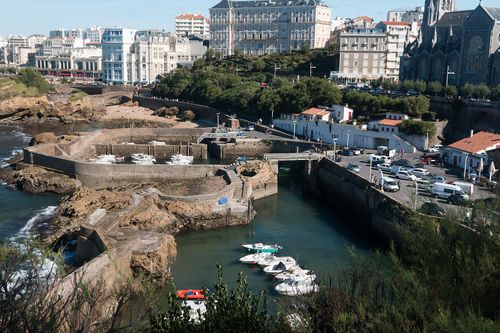
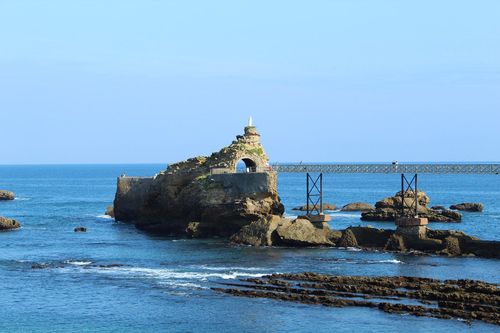

Stunning gems of cities and towns with their own unique, intriguing Basque flair, not to mention some of the most incredible food I’ve ever eaten!
Chloe O'Brien, Multilinguist Explorer